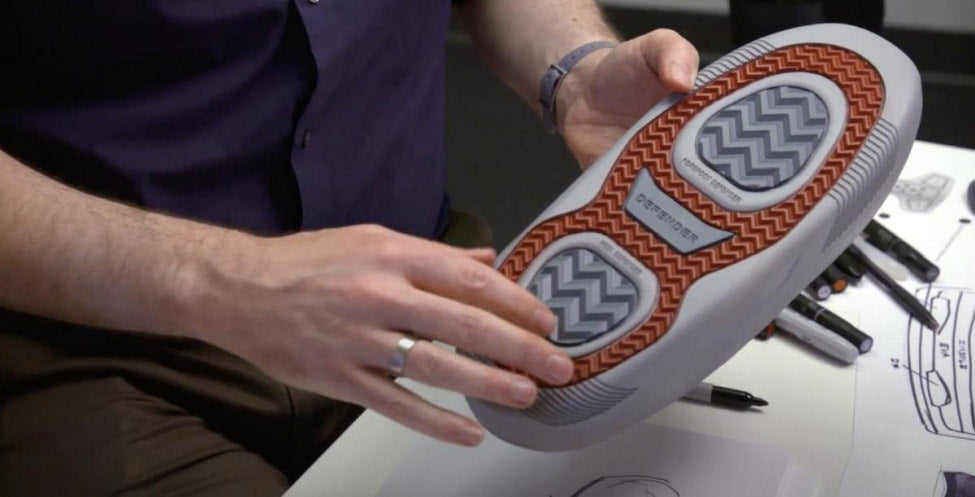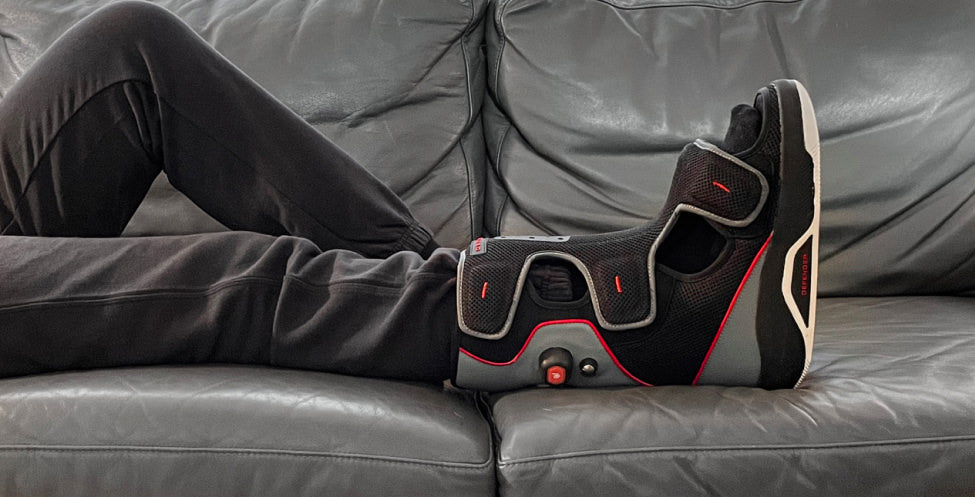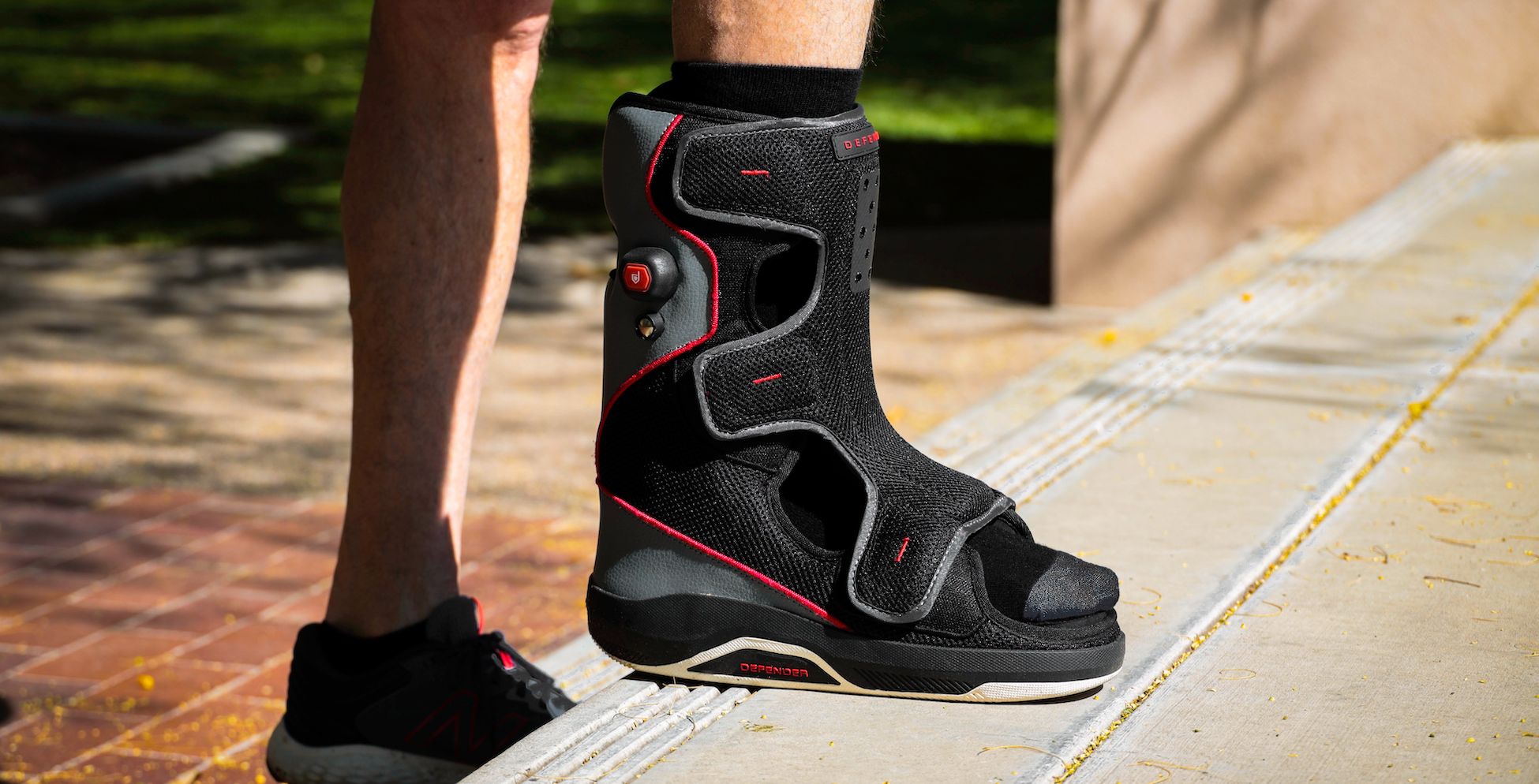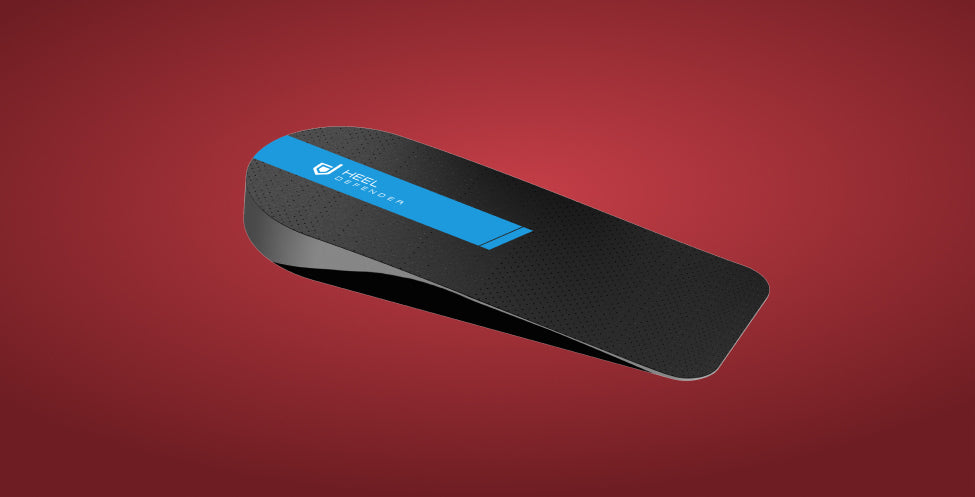Diabetes may be a common disease, but it’s a serious one, with about 30 million people (or 1 in every 10 people) in the U.S. living with it. What’s more, health issues resulting from diabetes have become a public health problem. Diabetes is the number one cause of lower-limb amputations, kidney disease, and blindness. By keeping your blood glucose (sugar) in target range, you can lower your risk of diabetes-related complications.
Type 2 Diabetes - What Is It?
Type 2 diabetes (T2D) is a chronic disease that affects the amount of insulin that’s made and how the body responds to it. These changes cause blood glucose (sugar) levels to fall outside of the normal range.
In general, T2D develops gradually with mild symptoms. And so, it can concerningly take some time for a proper diagnosis. You may have had prediabetes diagnosed first (early stages of T2D) if you had risk factors and were screened regularly. During this time, healthy lifestyle changes can help to stall the metabolic process.
Blood Glucose Levels Matter
With delays in diagnosis, many people have micro- and macro-vascular problems at diagnosis that could have been prevented. In other words, you may already have had circulation, nerve, kidney, and eye issues when diagnosed with diabetes.
Perhaps a diabetes-related foot wound led to your diagnosis. This likely means that you already have nerve issues and poor circulation. The American Diabetes Association estimates that every 3 minutes someone in the U.S. has a diabetes-related limb amputation. And here’s the thing: 85% of them are preventable.
In terms of foot health, you’re at increased risk for issues if you’ve had a foot ulcer in the past, or have nerve damage, foot deformities, or poor circulation. You can up your game and prevent/treat issues with good blood glucose levels, foot care, and by wearing Foot Defender®. In addition, if you smoke, take steps to quit.
Even if you’re diagnosed early, you can’t get comfortable with high blood glucose values. That’s because disease complications can also happen with years of disease and average blood glucose levels that are out of range. It makes sense then, that up to 50% of people with diabetes are affected by one of the following issues in their lifetime.
Nerve Damage:
• Neuropathy (nerve damage) may be associated with a loss of feeling, infection of skin and bone, non-healing diabetes-related foot wounds, ulcerations, and even amputation (loss of a limb).
Microvascular (Small Vessel) Issues:
• Nephropathy (kidney) issues can lead to dysfunction of your kidneys or kidney failure. This leads to problems with the body getting rid of wastes and can be life-threatening.
• Retinopathy (eye/retinal) issues can lead to damage of vessels in the eyes, including blindness. About 20% of people have retinal issues at diagnosis with diabetes.
Macrovascular (Large Vessel) Issues:
• Cardiovascular disease (heart and blood vessels) including hypertension (high blood pressure), coronary artery disease, chest pain, heart attack, and others.
• Peripheral vascular disease (damaged blood vessels away from the heart) affects arteries and veins that can lead to blockages, clots, inflammation, and changes in blood flow.
• Cerebrovascular disease (brain) is a group of issues that can affect blood vessels and blood flow to the brain. This can lead to transient ischemic attacks (TIAs) and strokes.
Getting Screened For Diabetes
Here’s a staggering statistic — about 1 in 5 people with diabetes do not know they have it. If you are age 35 or older, have a family history of diabetes, are overweight and inactive, have prediabetes, are of certain ethnicities, or had diabetes while pregnant, you may be at high-risk.
Here’s what you can do:
1.) Keep your eye out for the most common signs of diabetes, they include increased thirst, hunger, urination, tiredness, dry mouth and skin, weight loss, and blurry vision.
2.) Take this 60-second risk test from the American Diabetes Association to see if you should have further screening. If so, reach out to your healthcare provider and request hemoglobin A1C blood testing for diabetes. Your health depends upon it.
Learn more about Foot Defender® for treating and preventing diabetes-related foot wounds. Contact us, call +1 305-204-7203 or connect on LinkedIn.












